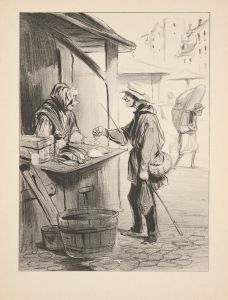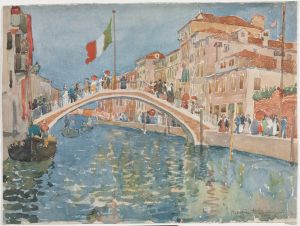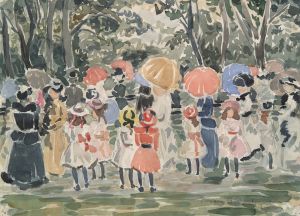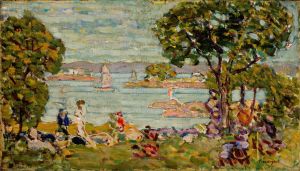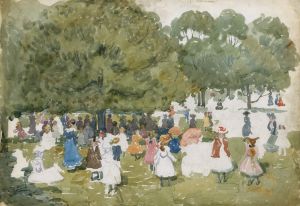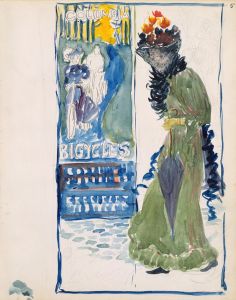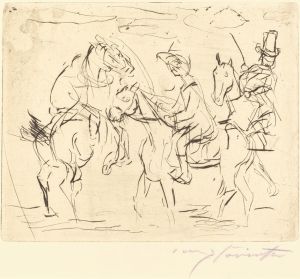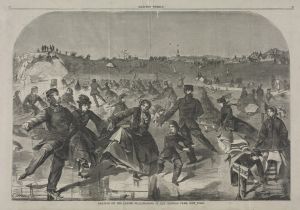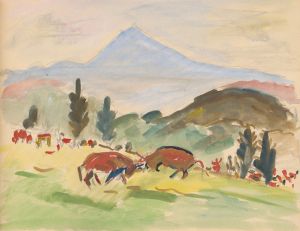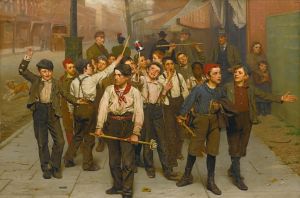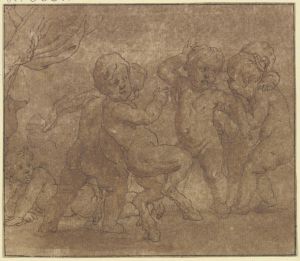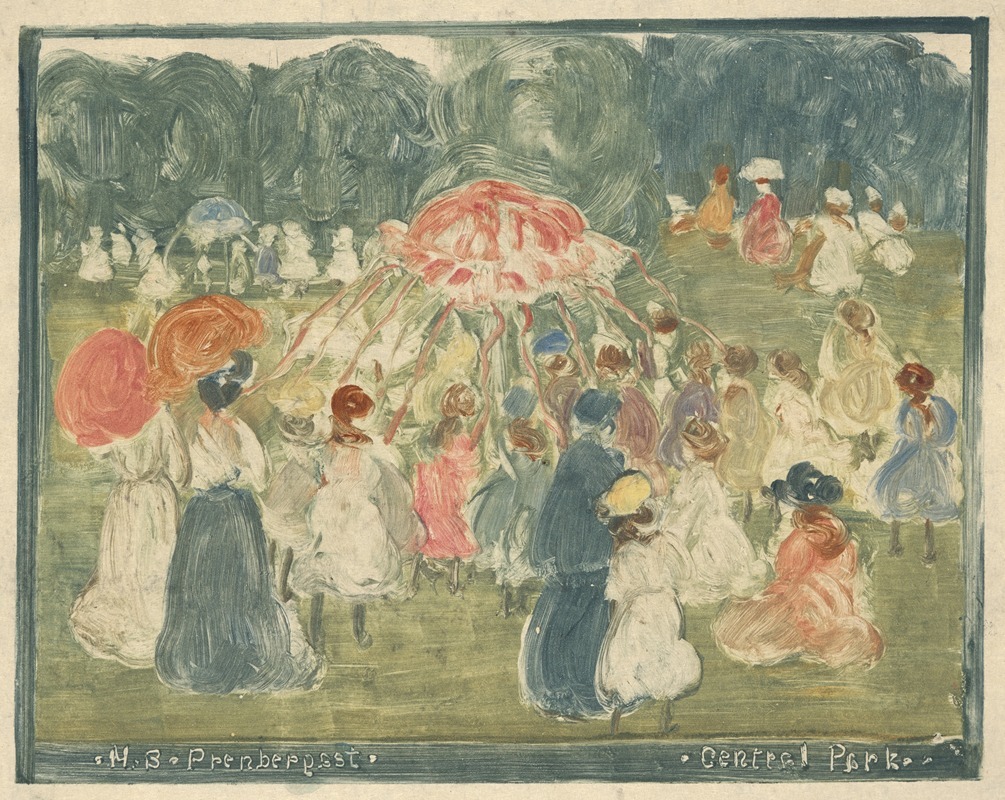
Central Park
A hand-painted replica of Maurice Prendergast’s masterpiece Central Park, meticulously crafted by professional artists to capture the true essence of the original. Each piece is created with museum-quality canvas and rare mineral pigments, carefully painted by experienced artists with delicate brushstrokes and rich, layered colors to perfectly recreate the texture of the original artwork. Unlike machine-printed reproductions, this hand-painted version brings the painting to life, infused with the artist’s emotions and skill in every stroke. Whether for personal collection or home decoration, it instantly elevates the artistic atmosphere of any space.
Maurice Prendergast's painting "Central Park" is an exemplary work that showcases the artist's unique style and his contribution to American Post-Impressionism. Prendergast, born in 1858 in St. John's, Newfoundland, was a prominent figure in the American art scene during the late 19th and early 20th centuries. He is best known for his vibrant use of color and his innovative approach to composition, which are evident in "Central Park."
"Central Park" captures the lively atmosphere of New York City's iconic park, a subject that Prendergast revisited multiple times throughout his career. The painting reflects his fascination with urban life and leisure activities, themes that were central to his work. Prendergast's depiction of Central Park is characterized by a bustling scene filled with figures enjoying the outdoors, a common motif in his oeuvre. The painting is notable for its mosaic-like quality, achieved through the use of bold, flat areas of color and rhythmic patterns.
Prendergast's technique in "Central Park" demonstrates his departure from traditional Impressionism, moving towards a more decorative and abstract style. His work is often associated with the Post-Impressionist movement, which sought to extend the boundaries of Impressionism by emphasizing geometric forms, distortion for expressive effect, and the use of unnatural or arbitrary color. In "Central Park," these elements are evident in the way Prendergast simplifies forms and uses color to convey mood rather than to replicate reality.
The painting is also significant for its portrayal of modern life in the early 20th century. Central Park, designed by Frederick Law Olmsted and Calvert Vaux, was a symbol of urban planning and a space for public recreation. Prendergast's depiction of the park reflects the social changes of the time, as people from various backgrounds mingled in public spaces. His work captures the diversity and dynamism of city life, offering a snapshot of a society in transition.
Prendergast was part of The Eight, a group of American artists who challenged the conservative art establishment of their time. Although he was somewhat distinct from the other members due to his focus on color and pattern rather than social realism, his inclusion in the group highlights his role in the broader movement towards modernism in American art. "Central Park" exemplifies his contribution to this movement, showcasing his ability to blend traditional subject matter with innovative techniques.
The painting is housed in the collection of the Whitney Museum of American Art, which holds a significant number of Prendergast's works. The museum's collection provides insight into the artist's development and his impact on American art. "Central Park" remains a celebrated piece within this collection, admired for its vibrant depiction of urban leisure and its pioneering approach to color and form.
In summary, Maurice Prendergast's "Central Park" is a vital work that encapsulates the artist's distinctive style and his role in the evolution of American art. Through its vivid portrayal of a quintessential New York scene, the painting offers a glimpse into the cultural and social dynamics of the early 20th century, while also highlighting Prendergast's innovative artistic vision.






